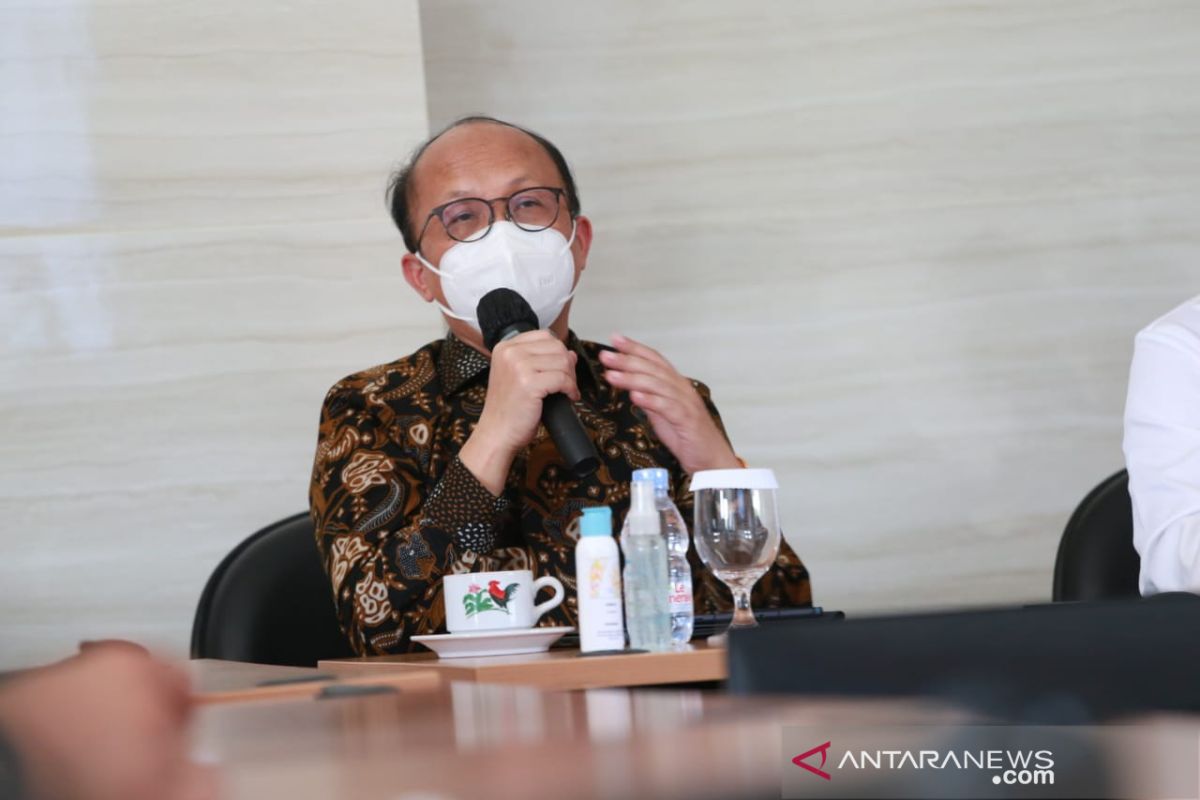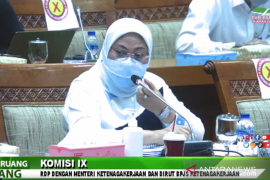In the ministry's official statement received here on Thursday, Sanusi noted that the COVID-19 pandemic had impacted the demand side of the workforce market.
This was apparent from the 18.45 million workers, or 96.6 percent of the total population of the working age group being impacted by COVID-19, he noted.
According to the secretary general, it indicates that work termination during the pandemic did not contribute much to the unemployment rate, in general.
"This is since the government's efforts in the form of various aid programs or stimulus were quite successful in putting pressure to handle the unemployment figure affected by COVID-19," Sanusi explained.
Related news: Stimulus from developed countries bolsters global recovery: Minister
The term an explosion of unemployment is not quite accurate to use, given how small COVID-19 affects unemployment, despite the fact that the informal sector has acted as a safety net for work force absorption, he elaborated.
"The percentage of work force in the informal sector during the pandemic tends to increase, from 56.64 percent in February 2020 to 59.62 percent in February 2021," he remarked.
From the regulation side, the Ministry of Manpower has published two ministerial regulations, two ministerial decisions, and four Circulation Letters as precautionary measures against workforce termination due to the pandemic.
In accordance with the aforementioned regulations, the government has published a guideline on remuneration for companies impacted by COVID-19 and the implementation of business activity restrictions to ensure fulfilment of the workers' rights.
"In offering the Wage Subsidy Aid for 2020 and 2021, the amount of wages paid to workers had been adjusted based on the agreement by businessmen and workers," he noted.
Related news: Provide varied stimulus to prevent work termination: Economist
Translator: Prisca Violleta, Fadhli Ruhman
Editor: Rahmad Nasution
Copyright © ANTARA 2021












